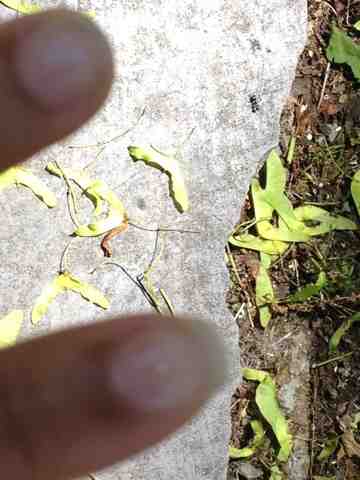Biology

- Human Body Systems
Human Body Systems!Integumentary System: Your body is very prone to damage, and that's why we have this system! This is an organ system that helps protect the body. It has many functions such as to cushion, excrete wastes, regulate temperatures...
- Chitin
Chitin is a structural polysaccharide. Insects and bees, like the one in the picture, and crustaceans use chitin to build their exoskeleton. Also, chitin can be found in the cell walls of fungi and in some other places. ...
- Comparison Between Lizards And Snakes
Lizards Snakes 1. Slightly compresed body Cylindrical body 2. Two pairs of limbs Limbs are absent 3. Exoskeleton...
- Comparison Between Chordates And Non-chordates
Chordates Non-chordates 1. Notochord is present at least in some stage of life cycle Notochord is absent 2. Nerve cord is non-ganglionated, single, dorsal...
- Ant Facts
If a man could run as fast for his size as an ant can, he could run as fast as a racehorse. Ants can lift 20 times their own body weight. With their combined weight greater than the combined weight of all humans, ants are the most numerous...
Biology
Exoskeleton: Anatomy and Physiology

In the far right corner is an ant. This little guy is as hard as rock, so if you were to step on him you would hear a crunch. This is due to his structure, ants have their skeleton on the outside, hence exo. This outer cover protects their body which an an evolutionary advantage because they are so small and vulnerable to danger. Having an exoskeleton means they are an invertebrate thereforethey don't have lungs and organs. Ants oxygen transports through their exoskeleton through spiracles.
- Human Body Systems
Human Body Systems!Integumentary System: Your body is very prone to damage, and that's why we have this system! This is an organ system that helps protect the body. It has many functions such as to cushion, excrete wastes, regulate temperatures...
- Chitin
Chitin is a structural polysaccharide. Insects and bees, like the one in the picture, and crustaceans use chitin to build their exoskeleton. Also, chitin can be found in the cell walls of fungi and in some other places. ...
- Comparison Between Lizards And Snakes
Lizards Snakes 1. Slightly compresed body Cylindrical body 2. Two pairs of limbs Limbs are absent 3. Exoskeleton...
- Comparison Between Chordates And Non-chordates
Chordates Non-chordates 1. Notochord is present at least in some stage of life cycle Notochord is absent 2. Nerve cord is non-ganglionated, single, dorsal...
- Ant Facts
If a man could run as fast for his size as an ant can, he could run as fast as a racehorse. Ants can lift 20 times their own body weight. With their combined weight greater than the combined weight of all humans, ants are the most numerous...
